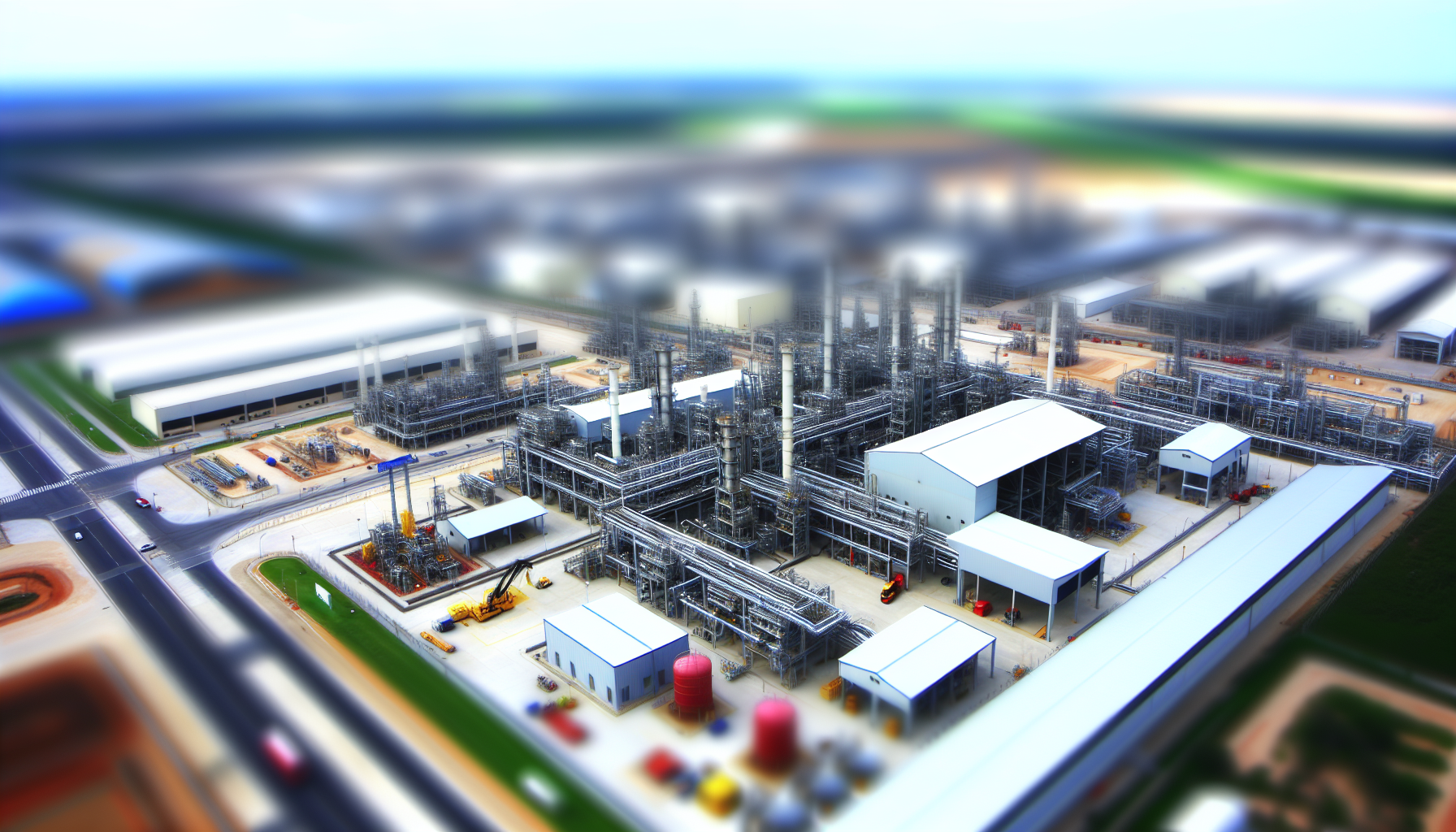Nitrogen dioxide (NO2) is a reddish-brown gas characterized by a sharp, biting odor, contributing to one of the more serious challenges in industrial gas emissions. This toxic gas predominantly stems from the combustion of fossil fuels, including emissions from power generation, industrial processes, and motor vehicles. In high-emission industries, such as metal production and chemical manufacturing, the presence of nitrogen dioxide can be particularly acute, posing significant health risks to workers and environmental concerns due to its degradation of air quality.
The hazards of NO2 extend beyond immediate workplace dangers. Exposure to this gas can exacerbate respiratory illnesses. Moreover, regulations governing industrial gas emissions underscore the need for stringent monitoring and adherence to safety standards, with agencies like OSHA setting permissible exposure limits to protect the health of employees.
Understanding nitrogen dioxide is crucial not only for compliance but for the overall well-being of workers and the environment. As we delve further into this topic, we’ll explore how to identify the signs of exposure, the significance of early detection, and the implementation of effective nitrogen monitoring techniques.
Identifying the Signs of Nitrogen Dioxide Exposure in the Workplace
Nitrogen dioxide exposure can manifest in several identifiable symptoms that workers should recognize. Coughing, wheezing, shortness of breath, and chest pain are common indicators that might suggest unsafe levels of NO2 in the workplace atmosphere. The urgency of early detection cannot be overstated, as chronic exposure can lead to long-term health complications, including chronic bronchitis and reduced lung function.
The National Institute for Occupational Safety and Health (NIOSH) provides information on the risks faced by industrial workers exposed to nitrogen oxides. The workplace dynamics must evolve to include proactive monitoring strategies that not only recognize symptoms but aim to prevent exposure before it leads to serious consequences.
As we proceed, we will discuss key strategies for implementing effective nitrogen monitoring techniques in industrial environments, as well as best practices for ensuring continuous monitoring of nitrogen dioxide levels.
Implementing Effective Nitrogen Monitoring Techniques
To ensure workplace safety, effective monitoring of nitrogen dioxide is crucial. A combination of traditional and modern gas detection technologies serves to create a comprehensive monitoring framework. Fixed gas detectors installed at strategic points throughout industrial sites can provide essential data on NO2 levels, while personal monitors worn by workers can offer an additional layer of protection.
Best practices dictate that continuous monitoring systems be integrated into existing safety protocols. These systems are designed not only to alert workers when NO2 levels rise above safe thresholds but also to facilitate compliance with regulatory standards. Moreover, routine air quality assessments combined with the use of personal protective equipment (PPE) such as respirators can significantly mitigate risks associated with nitrogen dioxide exposure.
In the following sections, we will explore leveraging technology for enhanced gas detection solutions, highlighting how advanced monitoring systems can provide real-time data collection that improves response to incidents. Stay with us as we outline strategies that empower industrial settings to manage nitrogen emissions effectively and safeguard worker health and safety.
Leveraging Technology for Enhanced Gas Detection Solutions
In today’s industrial landscape, adopting advanced technologies for detecting nitrogen dioxide (NO2) is essential to ensure a safe working environment. Modern gas detection solutions leverage wireless technology and smart sensors that provide instantaneous alerts, helping workers stay informed about hazardous conditions in real time. Traditional detection methods, such as fixed point detectors, often have slower response times, which may lead to unsafe conditions.
The benefits of using technology in gas detection extend beyond mere alerts; they also encompass data collection and analysis. Continuous monitoring systems can track NO2 levels over time, providing valuable insights into exposure trends and facilitating proactive safety measures. Such data not only aids in compliance with regulations set by OSHA and the EPA but also enables organizations to fine-tune their safety protocols for optimal worker protection. The integration of technological advancements in monitoring strategies enhances safety measures in workplaces prone to nitrogen dioxide emissions.
Establishing a Comprehensive Safety Plan Against Nitrogen Dioxide Risks
Creating a comprehensive safety plan is a vital step in mitigating nitrogen dioxide risks in industrial settings. This plan should be customized to the specific processes and potential hazards of each facility. Core elements include mandatory employee training on recognizing NO2 symptoms, understanding safe work practices, and properly using personal protective equipment (PPE). Furthermore, organizations must conduct regular assessments of the workplace environment to identify sources of NO2 and verify the functionality of monitoring systems.
Regular emergency response drills should be scheduled to ensure all employees are versed in procedures for responding to nitrogen dioxide leaks or elevated exposure levels. Importantly, emergency response plans should outline clear evacuation protocols and first aid procedures for dealing with potential NO2 exposure incidents.
Utilizing Interscan Gas Detection Products for Effective Nitrogen Monitoring
Interscan Corporation stands out as a leader in providing industrial gas detection solutions, particularly for nitrogen monitoring systems aimed at managing NO2 emissions. Their innovative portable and fixed gas detectors employ cutting-edge technology, enabling real-time monitoring of nitrogen dioxide levels. These products are designed to integrate seamlessly into existing safety frameworks while alerting users to hazardous conditions, thus supporting organizations in maintaining compliance with strict safety regulations.
Interscan’s offerings include continuous monitoring systems with data logging capabilities, which facilitate prompt responses to safety threats. Their quick-exchange sensor system, known as the ‘Interchange Sensor,’ allows for efficient sensor swaps without disrupting ongoing monitoring processes, proving essential for operational continuity. By utilizing Interscan products, industries can effectively address the challenges related to nitrogen dioxide, ensuring a safer workspace for all employees.
Addressing nitrogen dioxide risks in industrial environments requires a proactive, multifaceted approach that incorporates advanced monitoring technologies, comprehensive safety planning, and effective training. By understanding the dangers of NO2, identifying symptoms of exposure, and implementing robust monitoring techniques, organizations can significantly reduce health risks to their workforce. Leveraging Interscan’s specialized gas detection products enhances overall safety, ensuring real-time alerts and adherence to regulations.


